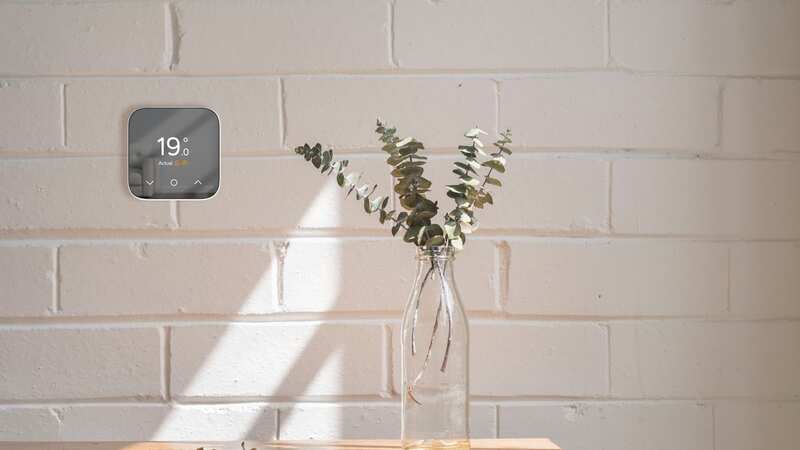Three-quarters of homes now contain some kind of smart technology, study finds

Three-quarters of UK homes now contain some sort of smart device or appliance – with a smart washing machine (10%), and voice- or app-controlled smart lighting (18%) among the most popular pieces of tech.
The typical household, which has invested in such technology, is home to as many as three items of “smart” technology, as well as nine electronic devices.
Over half of households (54%) contain at least one smart speaker – while a smart thermostat, which can be controlled from outside the house, can be found in a fifth of properties (21%).
In fact, in the decade since smart home technology company, Hive, first launched its smart thermostat in 2013, its customers have saved almost a collective £325 million on energy bills, by making use of this device.
The research, of 2,000 British adults, was commissioned by Hive to mark the 10-year anniversary of its smart thermostat.
 Shop prices 'are yet to peak and will remain high' as inflation hits new heights
Shop prices 'are yet to peak and will remain high' as inflation hits new heights
And a new image shows what a house of the future may look like as smart tech continues to develop – and eventually powers a whole household.
The home is kitted out with smart curtains, a fridge that restocks itself, and thermostats that can be operated outside the house.
Futurologist Dan Sodergren has given his insight into what the home of the future may look like – including how hybrid workspaces will function, and why automated garages will become “self-driving sanctuaries”.
He said: “The cultural shift in the UK towards environmental conservation and digitalisation is driving investment in smart tech. These tools, such as the smart thermostat, give Brits superior control over their homes.
“Enhanced energy efficiency, home comfort, and an easy-to-capture outlook on energy usage, are proliferating the adoption of such smart devices.”
Brits estimate they have spent an average of £1,236 on smart home tech in the last five years, and plan to introduce four more devices in the next half-decade – with 46% looking forward to more smart tech being developed for the home.
And while 34% named cost-saving as a reason for investing in smart tech, 11% cited convenience, and 9% said security and safety.
The research also discovered only one in five adults feel their home is “very prepared” for winter to hit, according to the OnePoll.com figures.
Statistics collected from more than 10 years of Hive data claims their customers have collectively saved more than one million tons of carbon emissions from being emitted into the atmosphere.
The two million thermostat users have saved the same amount of carbon required to power over 366,000 homes annually, almost 700,000 return flights from London to JFK, and to drive over four million car miles.
 8 money changes coming in February including Universal Credit and passport fees
8 money changes coming in February including Universal Credit and passport fees
Dan Sodergren added: “In the next decade, smart thermostats hold tremendous potential to catalyse environmental transformations.
“Their wider adoption can substantially reduce carbon emissions, as has been seen with Hive's smart thermostat users in the UK. As more people look to incorporate smart technology into their homes, smart thermostats will be at the forefront of this movement.
“These devices not only optimise energy use, but also align with the shift towards smart homes, steering us towards a future of living that's more sustainable, digitally integrated, and efficient.”
Read more similar news:
Comments:
comments powered by Disqus
































